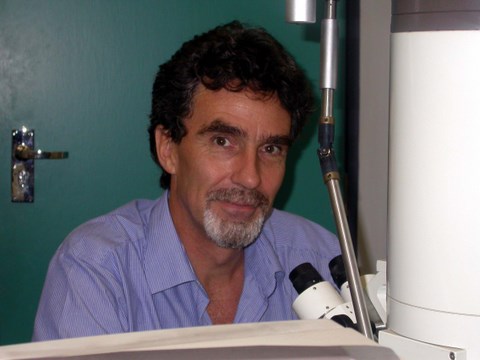Dr. James-Wesley Smith

James, who heads the Microscopy and Microanalysis Unit, became interested in low-temperature electron microscopical techniques as a means of minimising the artefacts of conventional specimen processing for microscopy. He has used freeze-substitution extensively as a tool to study the ultrastructure of both desiccation-tolerant and -sensitive plant cells. His work has revealed the misleading rehydration artefacts arising from processing dehydrated tissues for microscopy using aqueous media. He has also used freeze-substitution and freeze-fracture to study the effects of cooling rate on the survival of cryopreserved embryonic axes of recalcitrant species. Sharing with Luyet the belief that preservation of structure can similarly lead to the preservation of function, he has applied successfully the principles of cryo-electron microscopy to minimise freezing damage to achieve long-term conservation of partially dried embryonic axes of recalcitrant species. This research aims to increase fundamental understanding of the interactions among axis water content, cooling and warming conditions upon survival across the widest possible range of recalcitrant species. This approach will hopefully provide a baseline that will assist in understanding how survival may be enhanced in the more chilling-sensitive tropical species by the use of cryoprotectants or alternative cooling methods.